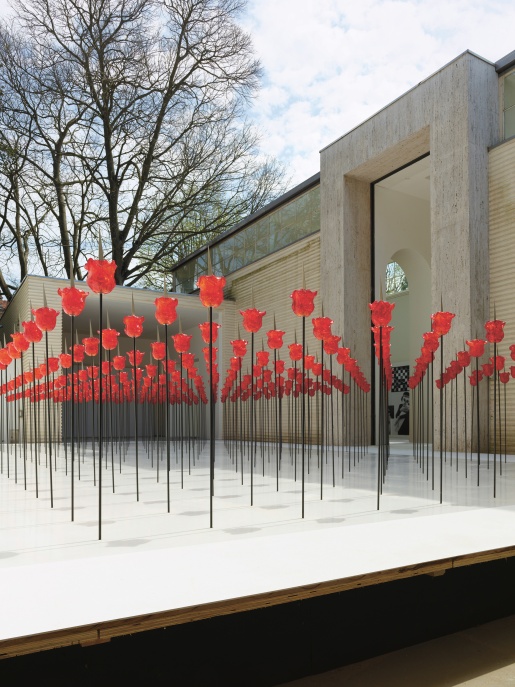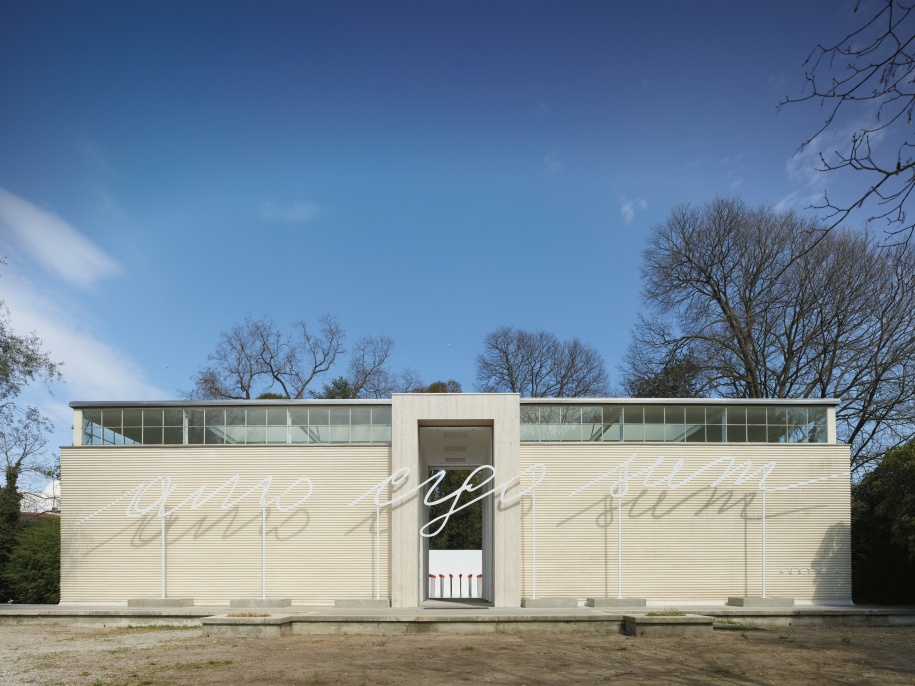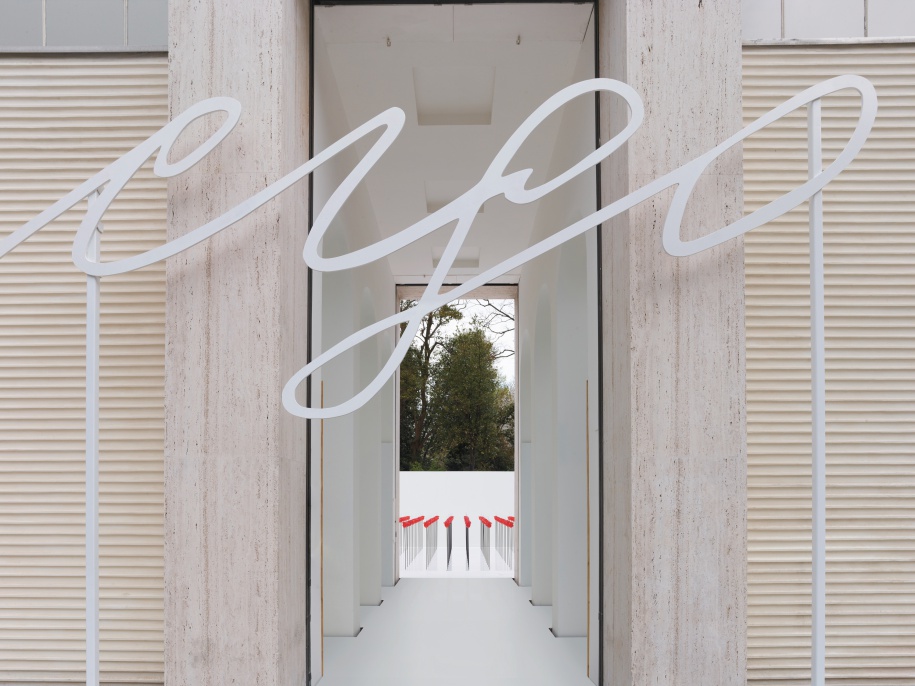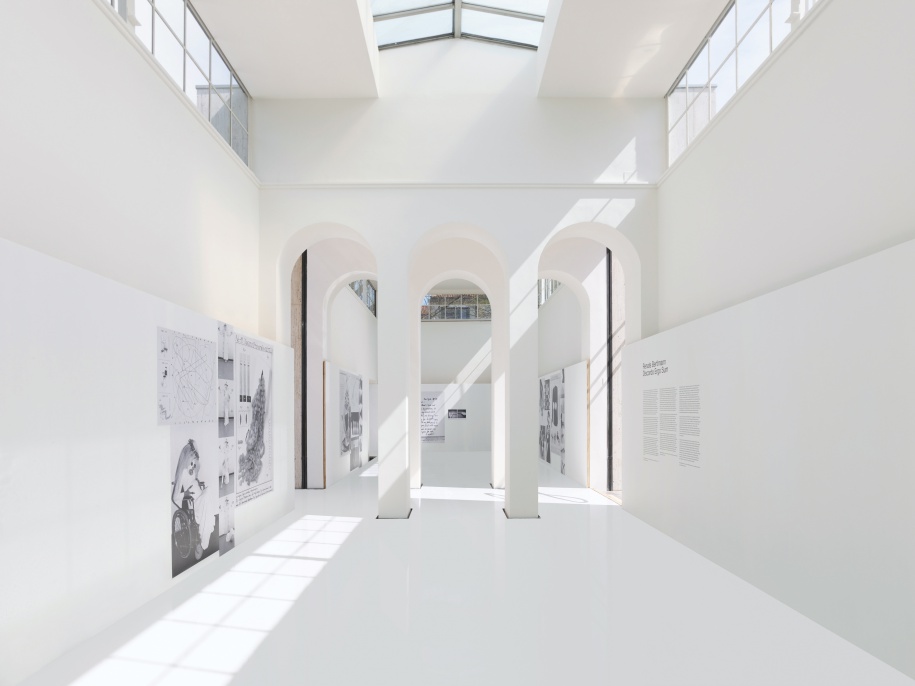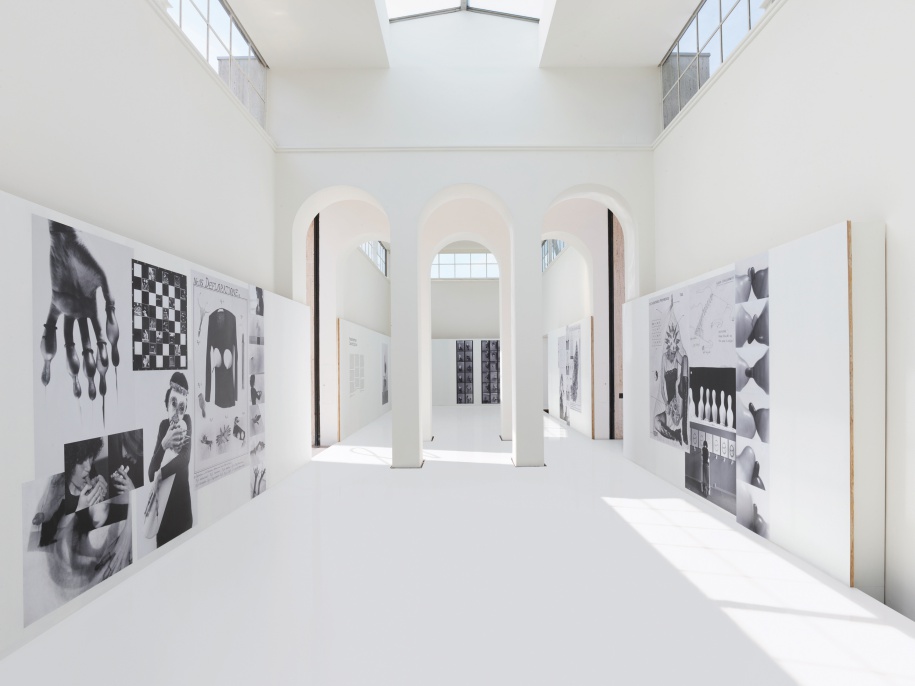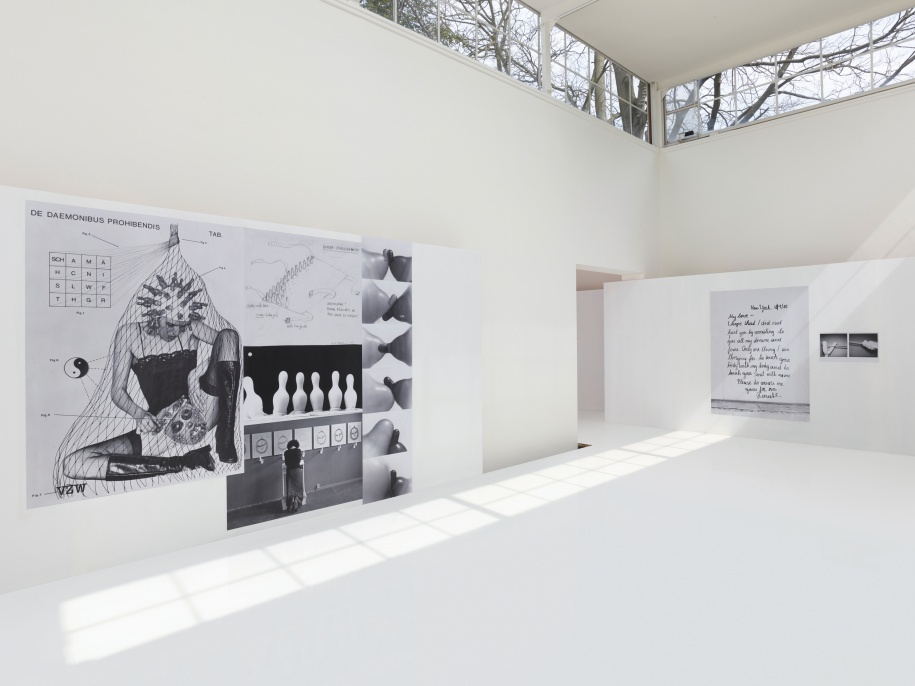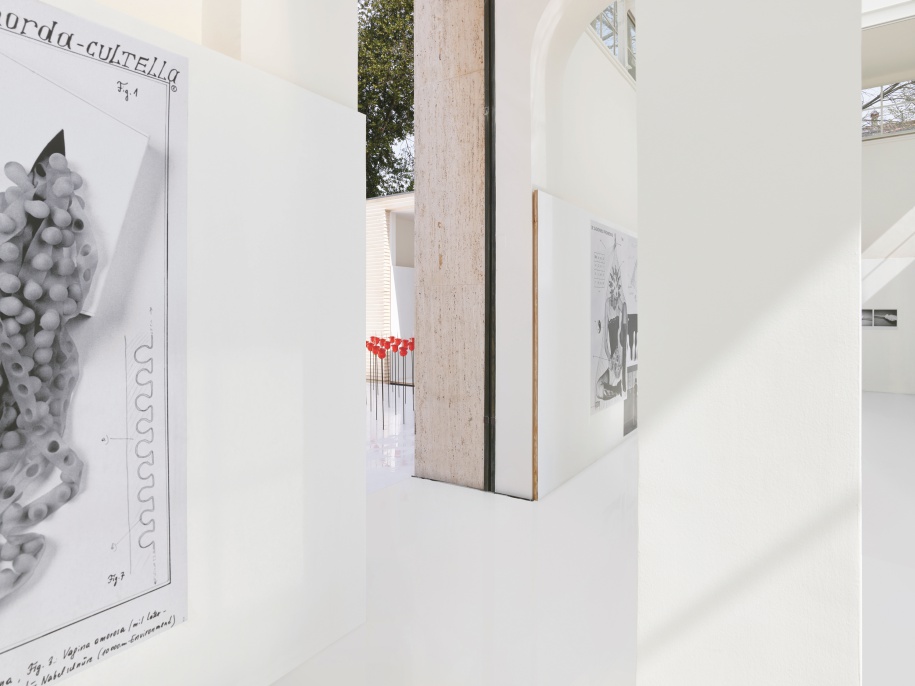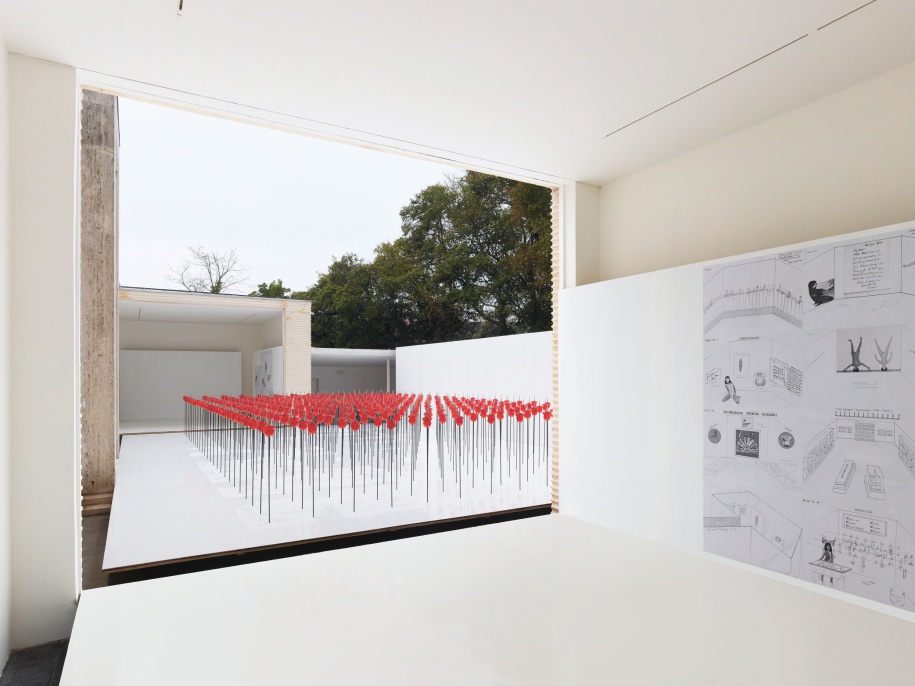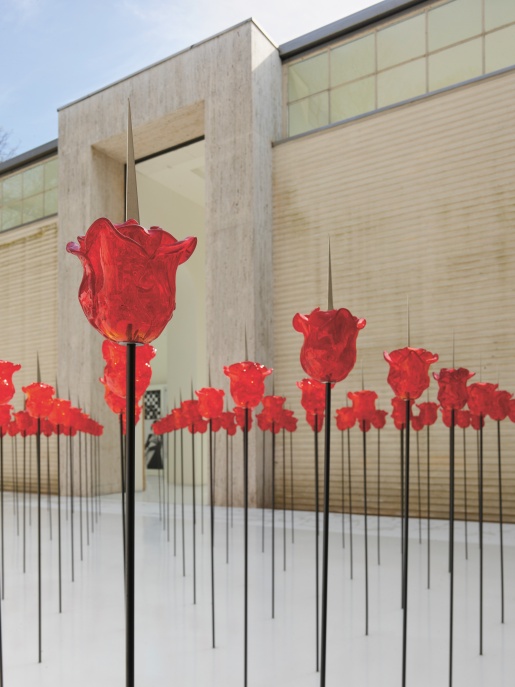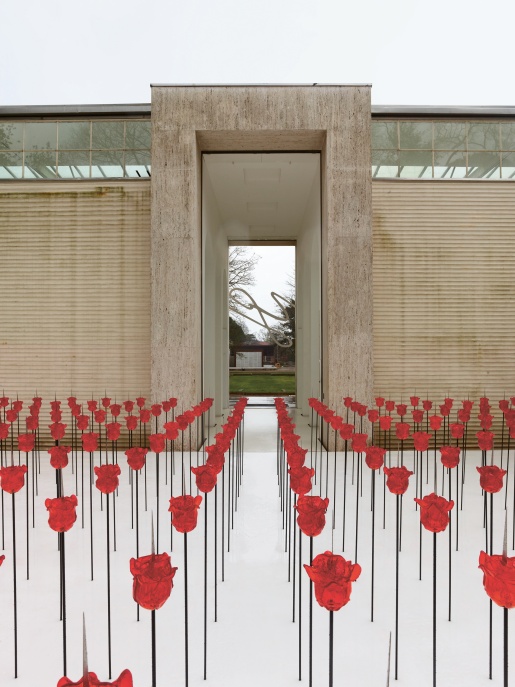Renate Bertlmann’s complex oeuvre bespeaks an artistic commitment that is both aesthetically and conceptually intricately connected to an aesthetics of risk. Always keeping a keen eye on the transformative potential of difference as a counterweight to power, the artist oscillates performative, sculptural, graphic, photographic, filmic, and textual aspects between the past and the present, between dispossession and covetousness, between the everyday and the unusual, between art and life. Renate Bertlmann not only distinguishes herself through her extraordinary formal and conceptual precision: The agitative programmatic character of her work, under the artistic motto “Amo Ergo Sum,” and her obsessive exploration of body images directly address the sociopolitics of popular culture. Already at the beginning of her artistic career, Renate Bertlmann knew to question institutional conditions and concepts of art both critically and enthusiastically by using the individuality of materials as a jumping-off point for her analytical feminist reflections and laying bare the mechanisms of the art system. All the more formidable, then, that she manages to sensuously, impressively negotiate these questions in a synthetic enactment using performative and traditional forms of expressions.
For her exhibition at the Austrian pavilion, Renate Bertlmann developed an installation entitled Discordo Ergo Sum (“I dissent, therefore I am”). By rephrasing the philosophical principle cogito ergo sum (“I think, therefore I am”), the artist attempted to dismantle logocentrism’s supremacy of logocentrism and to describe herself in her insurgent self-image. On the basis of her subversive artistic axiom Amo Ergo Sum (“I love, therefore I am”) the striking work in front of the pavilion, with which Bertlmann signs the pavilion like a canvas with the same irony we know from her previous work, and the installation of knife-roses covering the pavilion’s entire courtyard, as “a precise grid of 312 roses, a kind of red army standing at attention in the sun” (Beatriz Colomina) display a synesthetic artistic commentary that allows us to sensuously experience the dichotomy of our existence. This subversive treatment puts the principle of her artistic approach in a nutshell.
Causing upheaval at the highest level, Bertlmann appropriates the arsenal of social symbols, breaks it open and reassesses them feministically. In this process, contradictions stand side by side in accord, are made to oscillate, and are perceived as an expression of human diversity and plurality. From the nimble foundation of the artist’s two central figures, the lover and the insurgent, emerges a transitional space where incongruities convene, separate things change sides, and hierarchies and dichotomies are set in motion. Created in an interplay of conceptual, aesthetic, and material intensities, this space offers a basic tension that, on the one hand, critically presents itself as personal and sociopolitical phenomena of global developments and, on the other, points to the transformative potential of art in aesthetical and sociopolitical contexts.
Between this foundational movement in the exterior space and the pavilion courtyard, the exhibition space gives way to a cartographic view of Renate Bertlmann’s artistic practice. Reproductions of her charts, sketches, photos, filmstrips, and drawings in a box inserted to fit into the pavilion creates a contemplative zone where visitors immerse themselves in Renate Bertlmann’s artistic self-understanding and can perceive it in relation to the new installation.
The display, the brainchild of StudioVlayStreeruwitz—an airy, paper-like box folded and inserted into the pavilion—creates an interior that strips the pavilion of much of its significance and, in its temporary function, declares it a Ruin.
Behind the scenes
A documentary by Lauren Klocker

